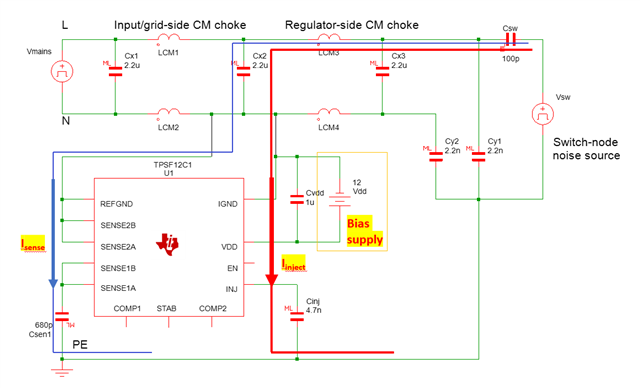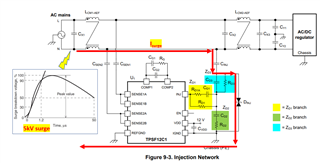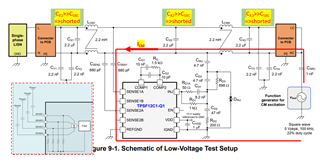I made some modification on AEF IC connection. The modifications aim to move the AEF IC's bias supply to the grid side L/N instead of connecting to the PE GND/chassis so that the clearance between the AEF IC's bias supply and the AC grid L/N is not critical as original connection.
I am not sure if the modification can work?




